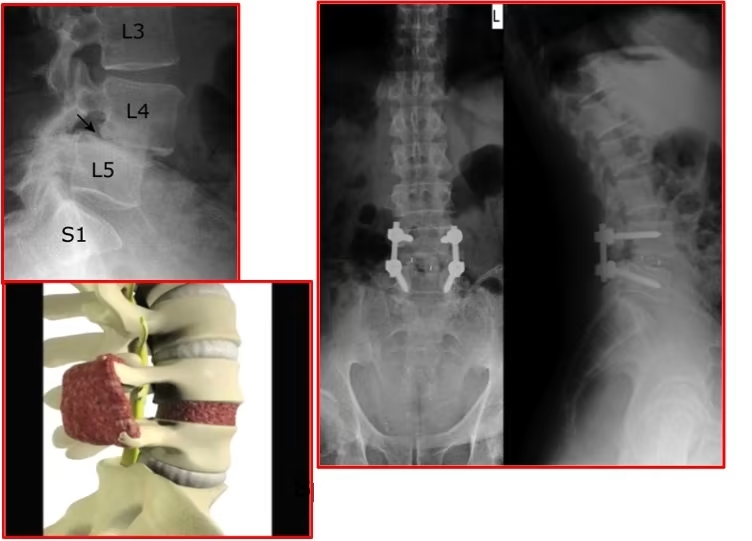-
For Appointment
+91 98351 33046/+918318876486 -
Online Video Consultation Available
Consultancy Fee - ₹500/-
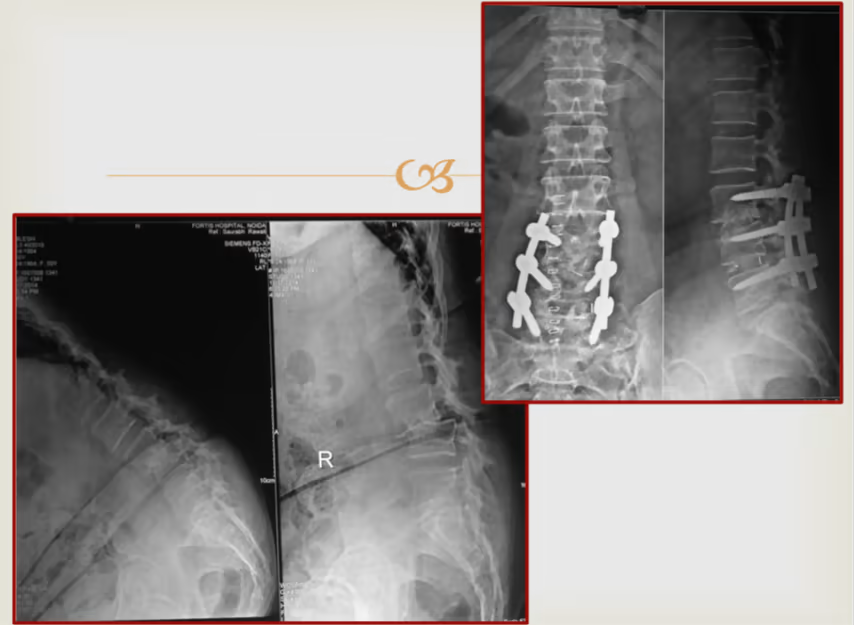
Spondylolisthesis is a condition wherein one spinal bone in the lower back slips forward on top of the lower one. Usually, it is L4 over L5 or L5 over S1.
What are the signs & symptoms of Spondylolisthesis?These patients can develop back pain or develop pain in the legs as a result of pinching of nerves in the back consequent to the shifting of bones. In severe cases, patients find it difficult to stand or walk for more than 5-10 min, but sitting brings them immediate relief and they can walk again for a few minutes. This symptom is known as neurogenic claudication. In extreme cases, when there is a lot of nerve compression, patients can also develop weakness or paralysis in the legs or rarely even loss of bladder or bowel control.
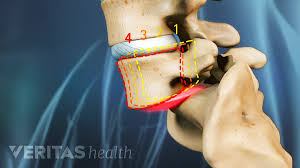
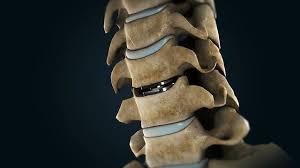
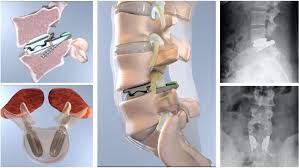
Pars interarticularis is a very strong pillar of bone which acts as a stabilizing staructure or lock between spinal bones. Sometimes, this pars interarticularis develops a break or defect due to which the spine loses its stability resulting in slippage of one bone on another. The reason for this pars defect may be injury, repeated injury over a period of time as in sportspersons / athletes or due to anatomical predisposition since birth. This type is most common at L5-S1.
This operation is done from the back. In this operation, titanium screws are inserted in 2 spinal bones and the disc between them is taken out in entirety while protecting the spinal nerves. Then, a plastic cage filled with bone graft is packed in the place of the disc so that over a period of time, bone grows between the two bones and they become fused (joined) to each other. This eliminates any further risk of slipping and relieves the patient’s pain.
